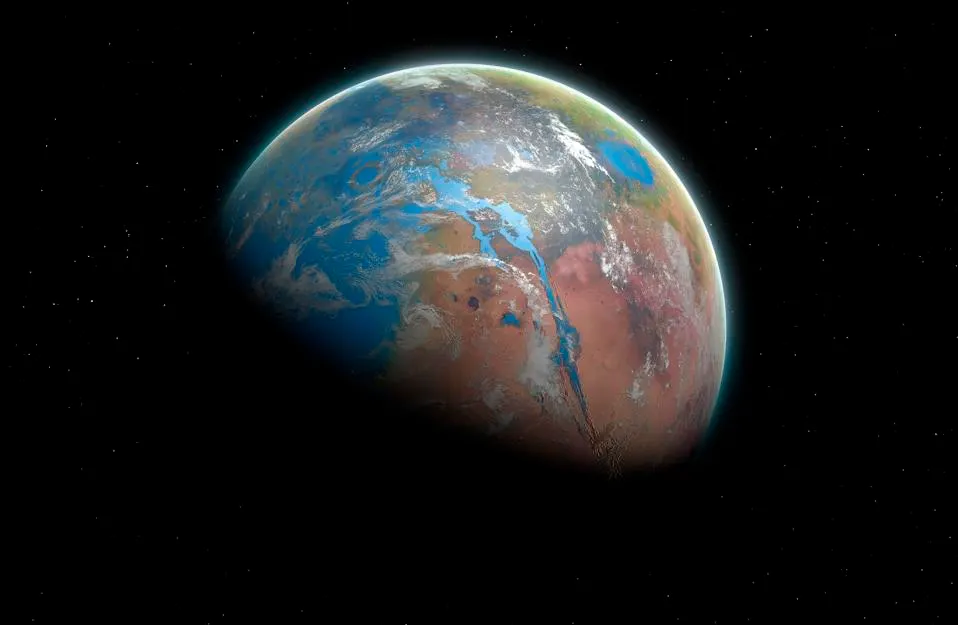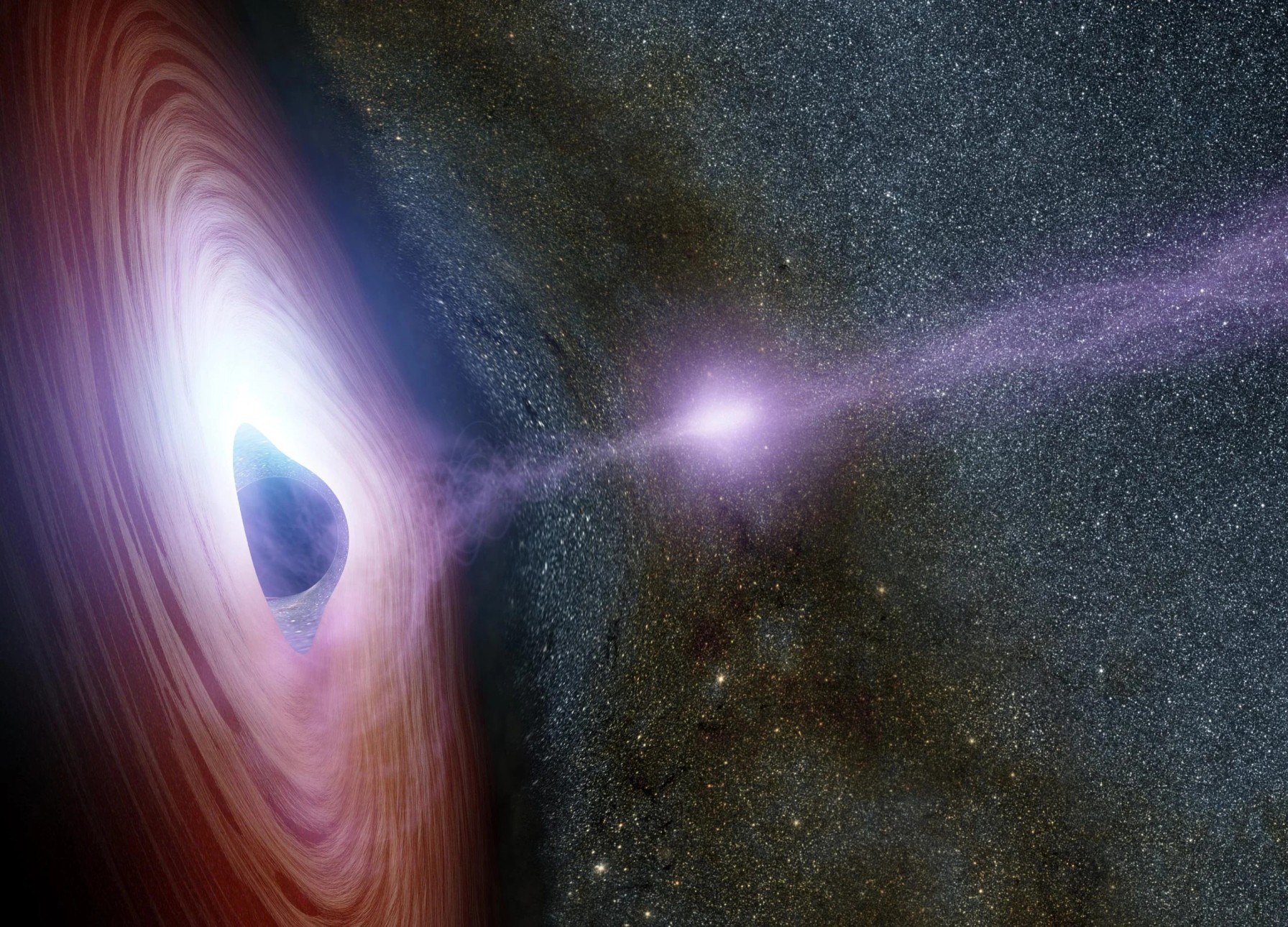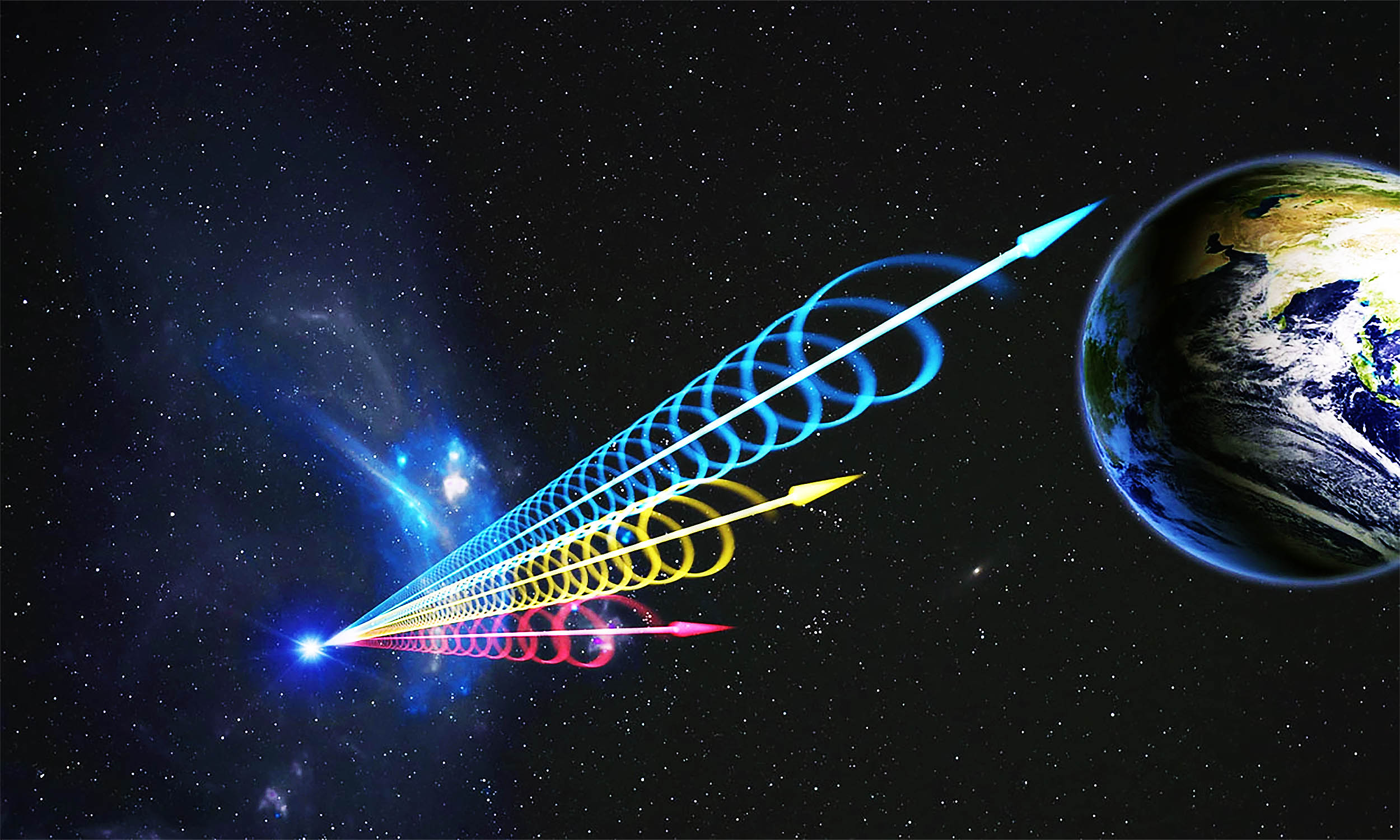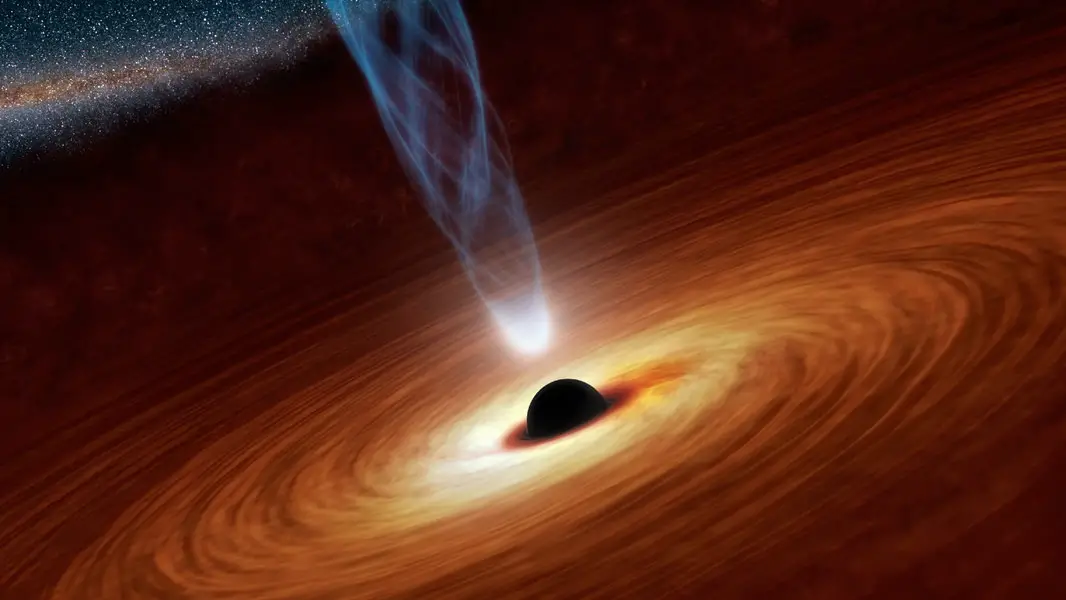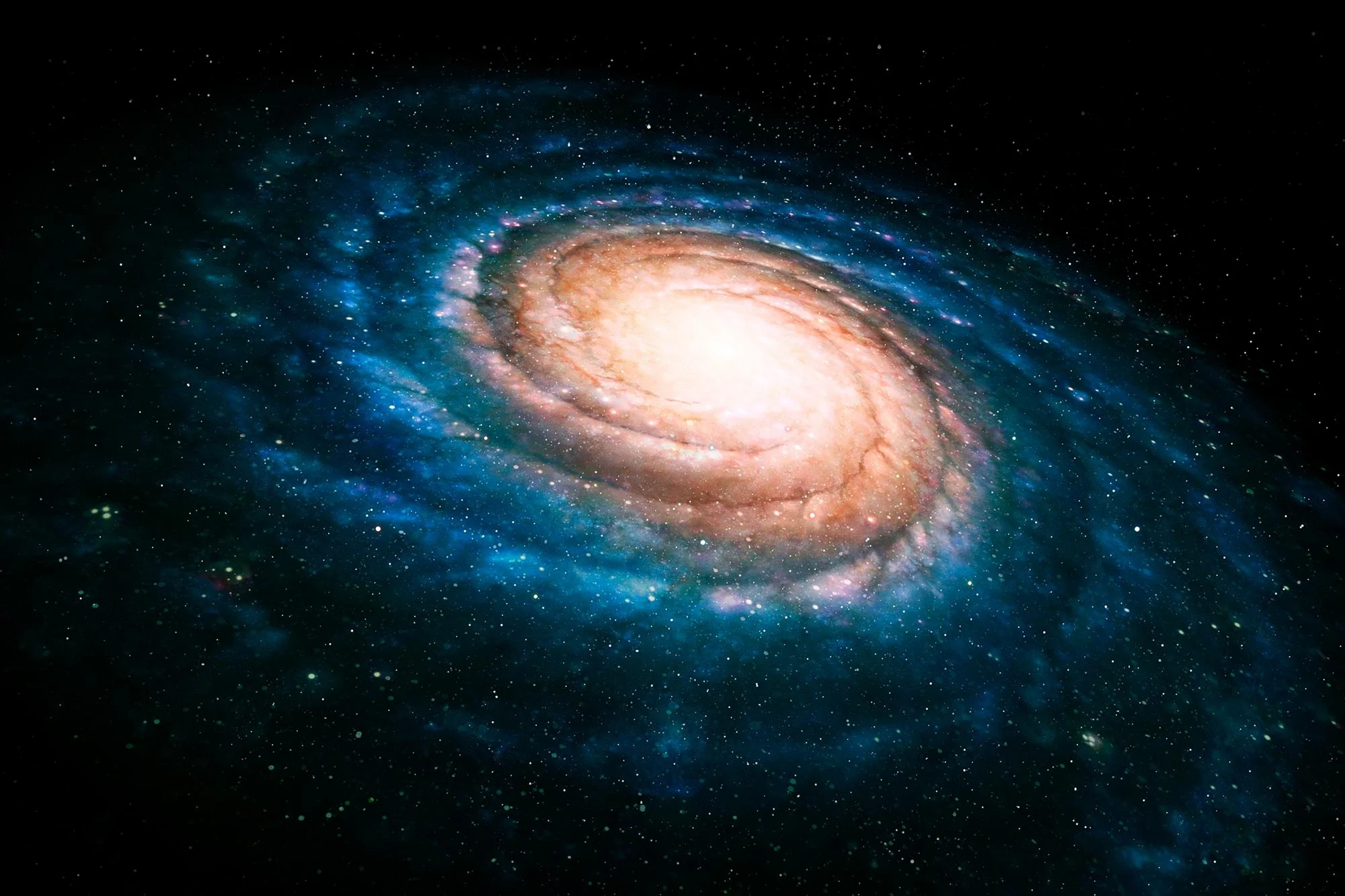A massive underground lake, 20 km wide, has been found beneath Mars’ icy south pole.
Key Takeaways
- Scientists have detected a subglacial lake of liquid water beneath the Martian south pole.
- The lake spans 20 km (12.4 miles) and is likely rich in salts, keeping it from freezing.
- The discovery was made using the Mars Express spacecraft’s radar system after years of analysis.
- Similar subglacial lakes on Earth support microbial life, raising hopes for Martian life.
- NASA’s SHARAD radar has not detected the lake, sparking debate on the findings’ validity.
___________
A Breakthrough Beneath the Ice
For the first time, scientists have discovered a large underground lake on Mars, hidden beneath its south polar ice cap. This discovery, published in Science, was made by the European Space Agency’s (ESA) Mars Express spacecraft, which has been orbiting the Red Planet since 2003. The lake, which spans about 20 km (12.4 miles), was detected using the Mars Advanced Radar for Subsurface and Ionosphere Sounding (MARSIS). The radar signals revealed bright reflections beneath layers of ice and rock, a strong indicator of liquid water.
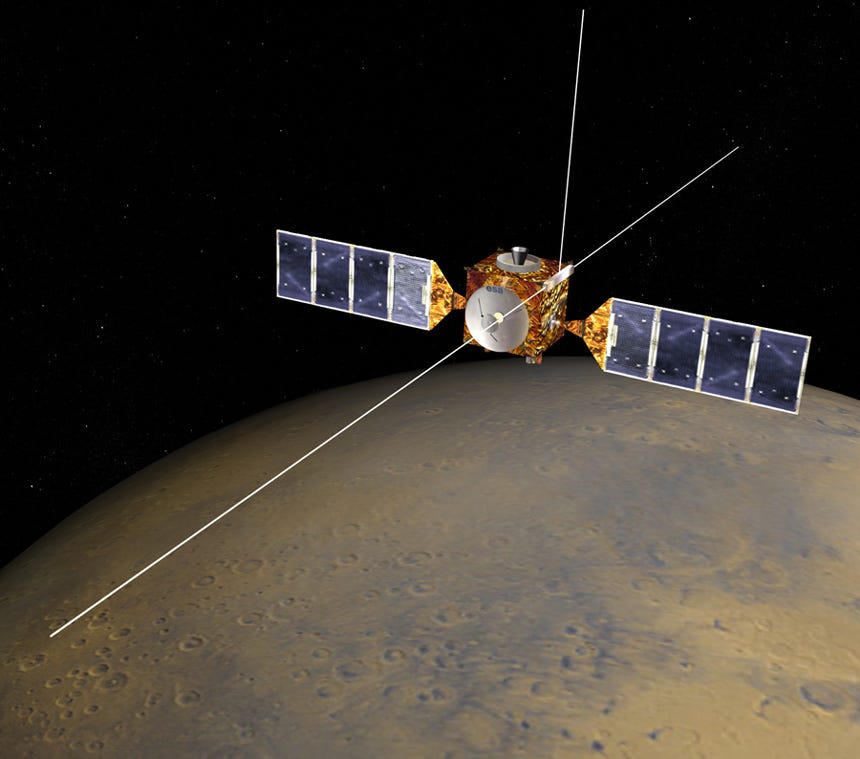
Scientists have long suspected that Mars once had liquid water, with past rover missions uncovering evidence of ancient rivers and lakes. However, this is the first confirmed detection of a stable liquid reservoir. Due to extreme cold conditions, the lake is likely filled with highly salty water, preventing it from freezing despite temperatures estimated to be between -10°C and -74°C. The presence of salts such as sodium, magnesium, and calcium—which have been detected on Mars’ surface—could explain how the water remains liquid.
Life Beneath the Martian Ice?
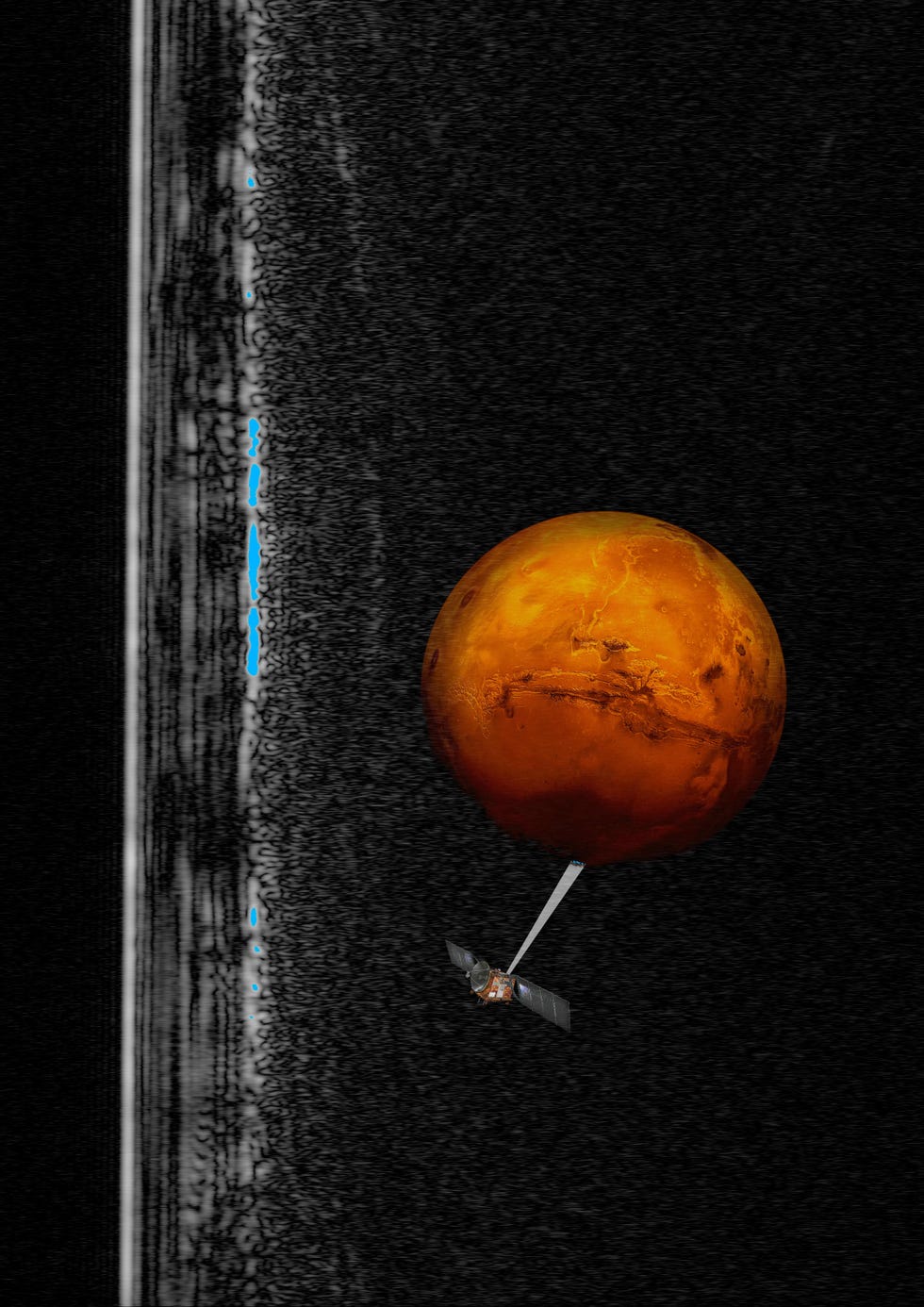
The discovery of a subsurface lake raises the possibility that Mars could still harbor life. On Earth, subglacial lakes in Antarctica and Canada host microbial life, even in extreme conditions. If similar microbes exist in this Martian lake, it could redefine our understanding of habitability on the Red Planet.
However, the discovery is not without controversy. NASA’s Mars Reconnaissance Orbiter (MRO) carries a radar instrument called SHARAD, which has not detected the underground lake. Scientists speculate that SHARAD’s higher frequency may be unable to penetrate the ice as effectively as MARSIS. To settle the debate, future missions, such as China’s 2020 Mars mission, will carry radar instruments operating at different frequencies, potentially confirming or refuting the lake’s existence.
Despite these uncertainties, the discovery marks a major step in Mars exploration. If further research verifies the findings, it could provide key insights into Mars’ climate history and even fuel future missions searching for extraterrestrial life.
